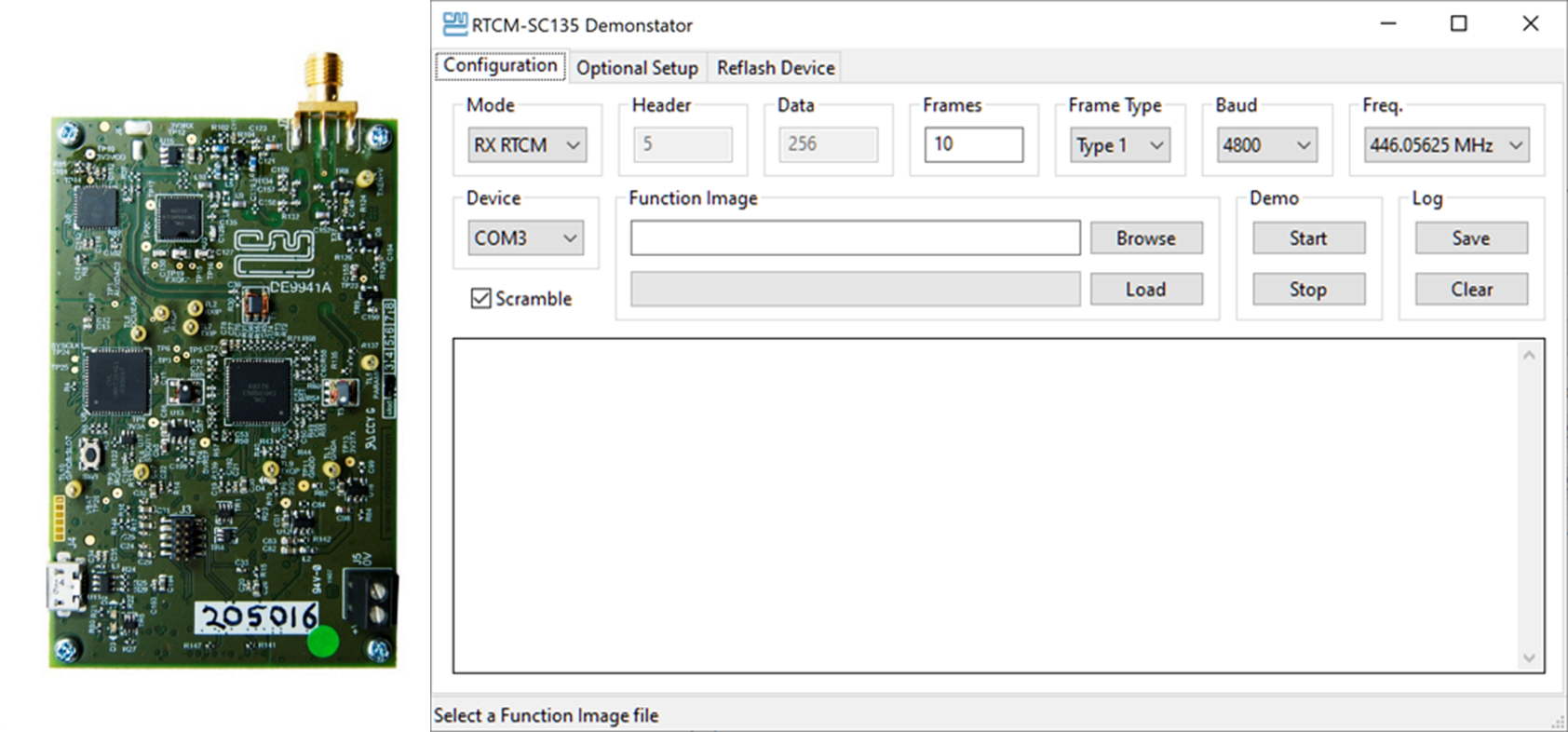Real Time Kinematics (RTK) and its ability to deliver precise location information in GNSS systems has been a great boost to markets such as mining, construction, and agriculture. RTK systems typically use a single base-station receiver and a number of mobile units, often referred to as rovers. The base station receives GNSS signals and then re-broadcasts the phase of the carrier that it observes, and the mobile units compare their own phase measurements with those received from the base station and apply corrections to increase the accuracy of their location. The M2M data transmission is usually carried out by a radio modem and historically licensed UHF solutions have been used as they are robust to interference, have long range and can be used almost anywhere. Other solutions such as cellular M2M have latency issues and often have poor coverage in rural and remote areas and so cannot be relied upon as the primary communication method.

Until recently, different RTK manufacturers have focused on proprietary links making interoperability between different manufacturers’ equipment difficult (as explained in this article by Joe Sass, the chairman of SC135 - the special committee dealing with the radio layer of GNSS). From a developer’s point of view, new RTK designs have been made more difficult due to the need to support different manufacturers’ protocols, none of which are publicly available and so have required reverse engineering. Similarly, from a user’s point of view, proprietary operation has restricted the choice of equipment, especially if adding new units to an existing legacy solution. Fortunately, this has been recognised within the industry and a number of manufacturers have embarked on a standardisation activity.
Under the direction of RTCM (Radio Technical Commission for Maritime Services), an organisation that amongst other activities creates standards for satellite positioning and navigation systems, special committee SC135 has addressed these issues with a new standard (RTCM Standard 13500.1, released in September 2023) defining RTK modem operation. This includes forward error correction, 4-level FSK, interleaving, framing, baud rates, and channel spacing. Equipment complying to this standard will guarantee interoperability through using common modulation schemes and transmission protocols.
As an active participant in the SC135 committee and a long-standing supplier of semiconductor solutions into Real Time Kinematics and other licensed wireless data markets, CML Micro has recently released two new solutions aimed at accelerating RTK modem product developments conforming to the SC135 standard. The first is a Multi-mode High Performance Wireless Data Modem, the CMX7364, configured using a downloaded configuration file (referred to as a 7364FI-8 Function Image™ - available from CML Micro’s technical portal) that implements the SC135 protocol as well as the baseband section of physical modem interface performing demodulation and data extraction.
In addition, CML Micro offers a credit card-sized demonstration and evaluation platform, the DE9941A-435, that features the CMX7364 along with CML’s RF ICs for receive and transmit in the 400-470 MHz UHF band and the DE9941A-375 which operates in the 350-400 MHz band. The board can act as both a test bed and the basis for an actual modem design, with an STM32 ARM Processor on board and has been designed to achieve a level of performance required to meet EN 300 113 and so be suitable for use in most countries worldwide.

Running the SC135 firmware users can create real RF links passing SC135 formatted data and perform real world testing, being able to measure metrics such as error magnitude, frequency offset, bit-error-rate, frame error rate, AGC step, RSSI and packet error rate.
So, with a new global standard for passing GNSS correction information, fast and easy routes for new product development and a wider range of interoperable solutions, we expect to see a lot of activity in the RTK market in the near future.




